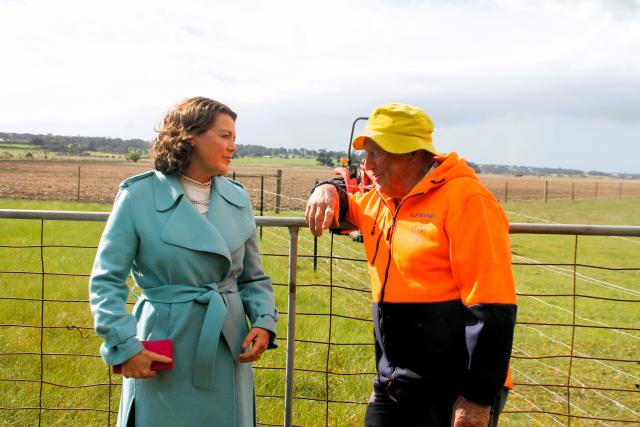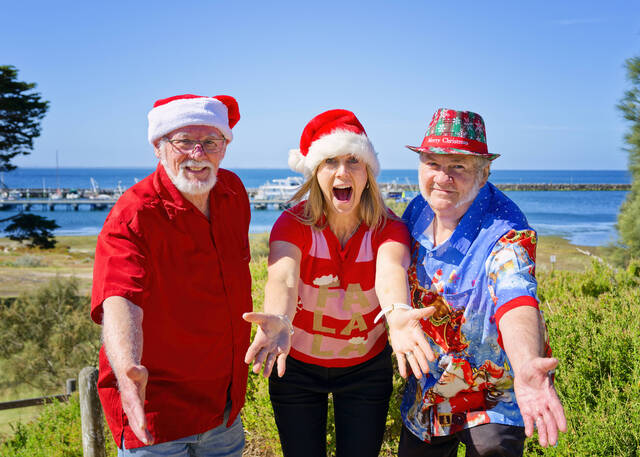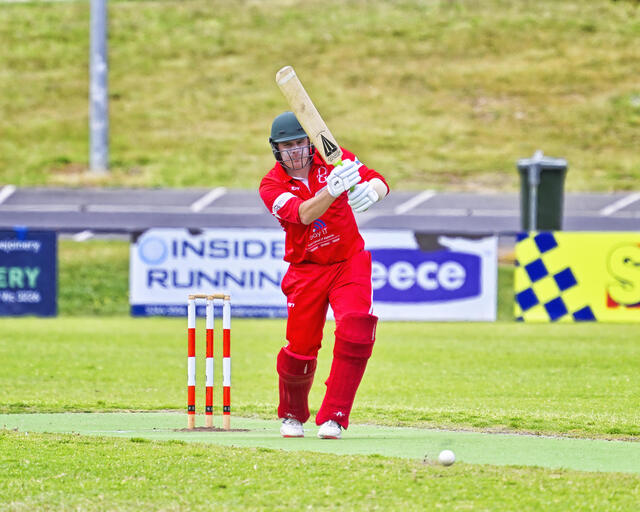The future of the critically endangered orange-bellied parrot is a little more secure thanks to a proactive stance taken by a Wallington landowner.
Member for Corangamite Libby Coker visited multiple sites this week, including Cliff Rossack’s Wallington property after a federal government-funded program hopes to improve the parrots’ survival.
The project is being delivered through on-ground and physical intervention measures and novel monitoring approaches.
These include releasing captive-bred birds to support the wild population on the Bellarine Peninsula, invasive predator control, habitat improvement works through grazing and weed management on private land.
Mr Rossack said fencing and protection of the birds habitat as well as providing a safe location for the release aviaries has been a satisfying contribution to the project and an integral part of his farm management over the past 12 years.
Ms Coker said the environmental incentive would ensure some of her Corangamite electorate’s unique ecosystems were protected for generations to come.
She said the Wallington project was designed to improve the environment for one of the world’s rarest parrots.
“By investing in these projects, landholders are not only contributing to the protection of our unique ecosystem but also setting an inspiring example for responsible land management. Their efforts have far-reaching benefits, from improving local wildlife habitats to mitigating the impacts of climate change,” she said.
“As these projects take root and flourish, they serve as a reminder of the invaluable role landholders play in conserving our environment. Their dedication and support demonstrate the power of the collective action in protecting our unique natural heritage.”
Corangamite Catchment Management Authority senior project officer Robert Bone said tracking movements and mortality rates were being monitored as well as increasing our understanding of habitat requirements and future security.
Mr Bone said suitable habitats had been dramatically reduced and spread of exotic weeds and competition from other birds had reduced the availability of food sources.
“The aviary 2020 release program has seen 53 birds released in the last three years,” Mr Bone said.
“In turn, this has seen an increase in natural migration numbers from Tasmania.”









